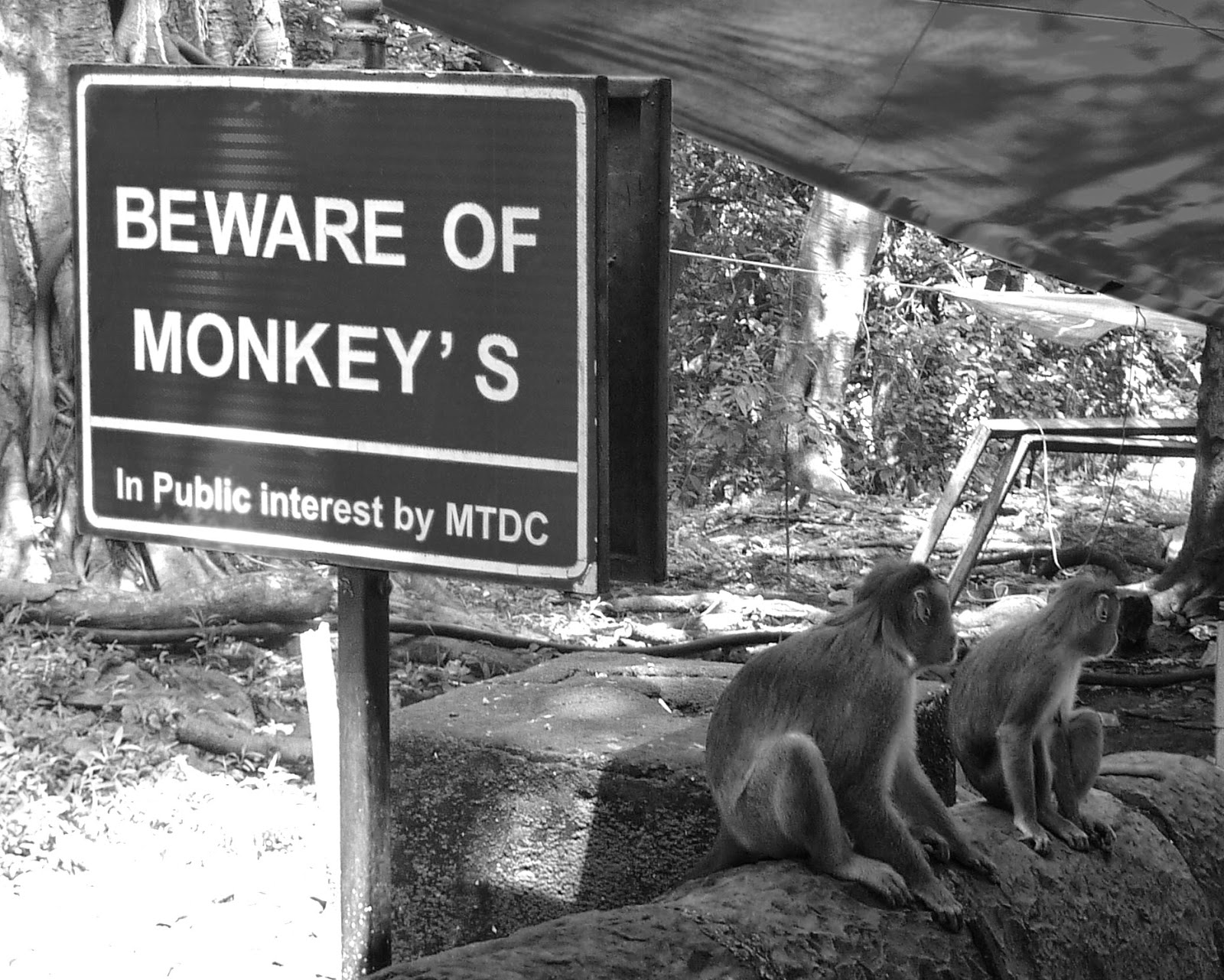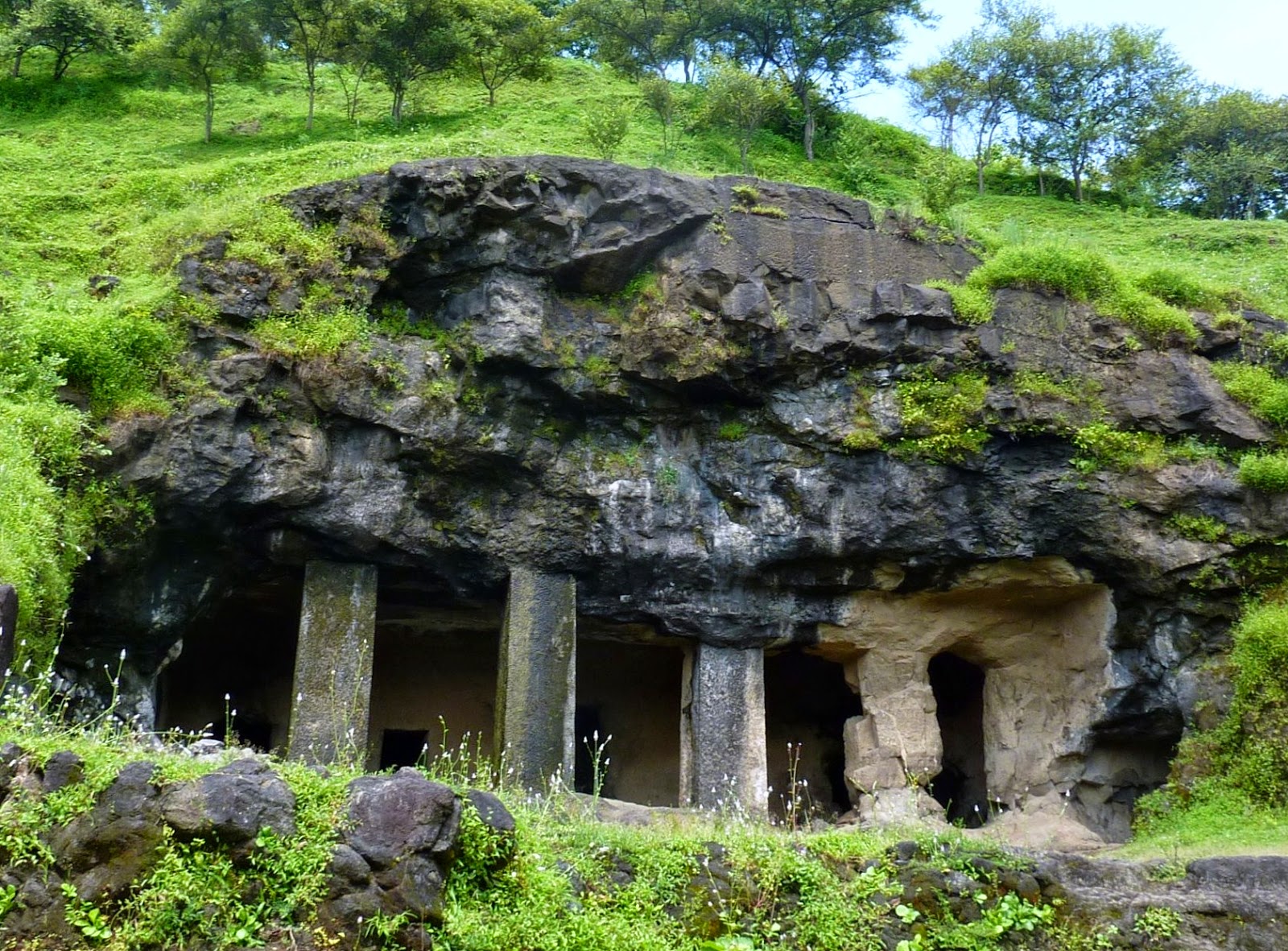Awakening at a relaxing 8.30 am to the mooing of a
couple of cows in the alley at the rear of the hotel. Not complaining, but my
beauty sleep had been disturbed earlier, by the 6 o’clock early call to prayers,
bellowed out by the loudspeakers of the nearby mosque. Just call it culturally
enriching!
 |
| Now, that is how to carry a sewing machine.... |
I am
staying at hotel that rejoices in the name ‘The New Tokyo Palace’' located in
central Jaisalmer. According to the front desk wallah, a Japanese
tourist so enjoyed his visit to these parts, that he decided to return &
set up shop here. Apparently, he also owns a restaurant in Tokyo and directs a
stream of Japanese tourists ---not seen any myself---but am assured they will be
arriving soon when the cooler weather takes hold. Actually. seen very few
identifiable tourists so far on my trip—probably a lot more domestic &
overseas Indian tourists, but of course, I cannot easily identify them from the
masses.
My
wanderings around the town tend to be limited to 2-3 hours a day, as the
mid-day sun is brutal with a litre of pilled water, consumed for every
kilometre forward—how is that for motive efficiency.
A tourist
town with very few tourists, the street hustlers & promoters of Jaisalmer
are very aggressive---the top attractions are a trip to the ‘real’ desert and a
ride on a camel up a major sand dune. Not worth the effort/money according to several tourists (Australian) with whom I have chatted. Most of the half-day trip,
is in fact, side excursions to villages where visitors are pitched to buy
tourist nic-nacs of a dubious quality. The calls from local street vendors of “where you from?” ring in ones ears consistently. When I say (to those who
need
to know), I sense that I am being set up for a special (Canada) high price, or
perhaps I am just cynical in my senior years!
Any way, it’s lots of fun and being privileged to visit
these exotic locales, one has to realise that every day life for the masses here must be
really tough compared to the molly-coddled existence that so many enjoy in the
West & for whom an internet outage of 5 minutes, is a life crisis!
































